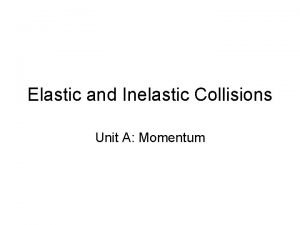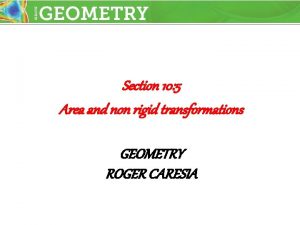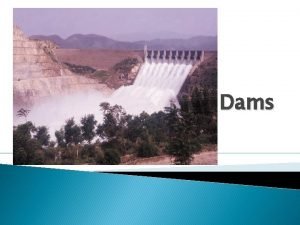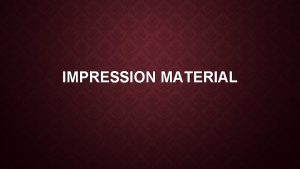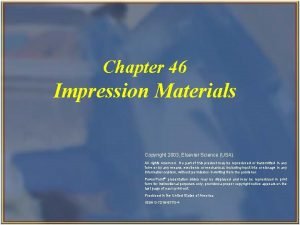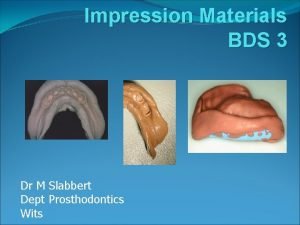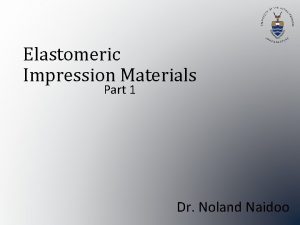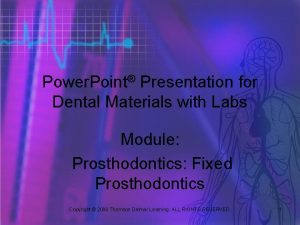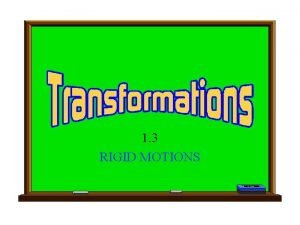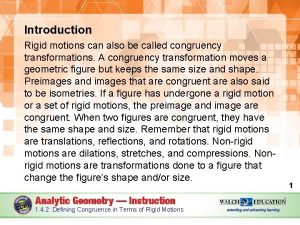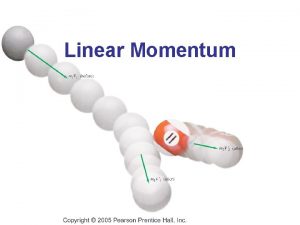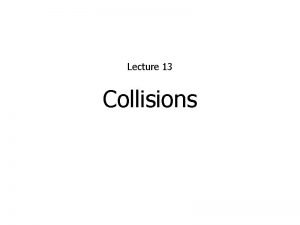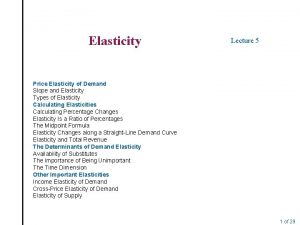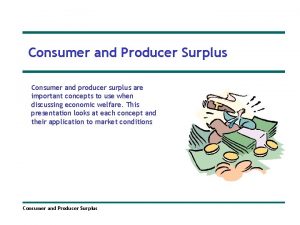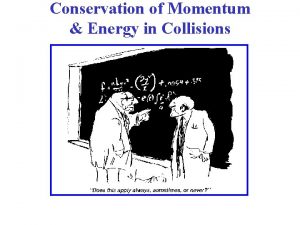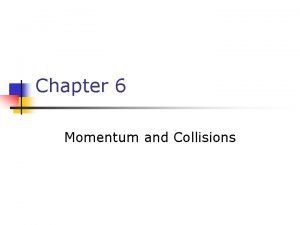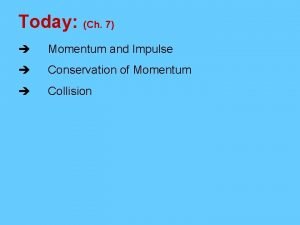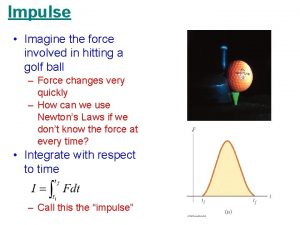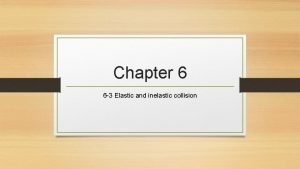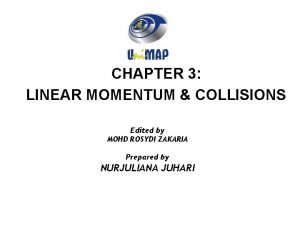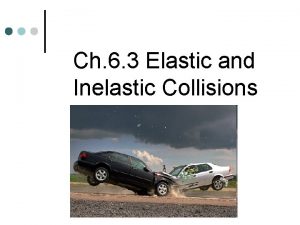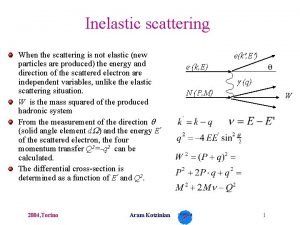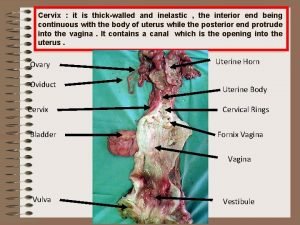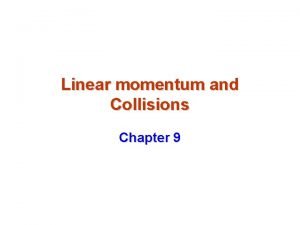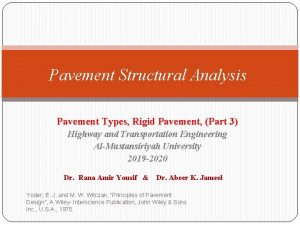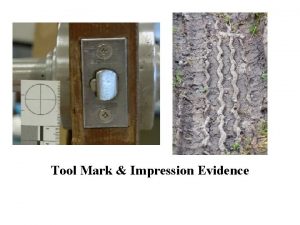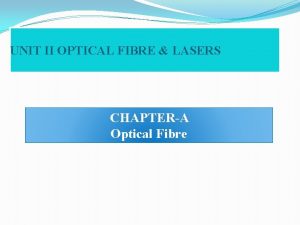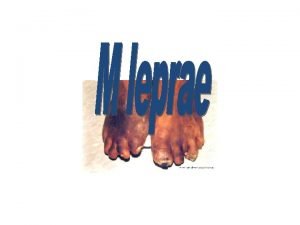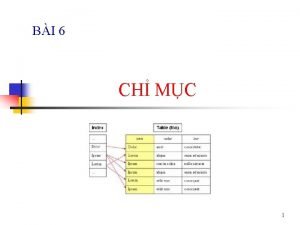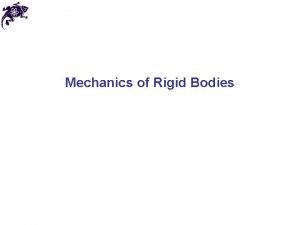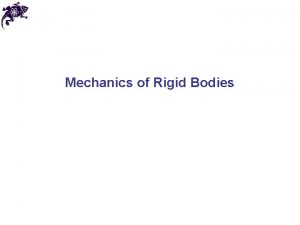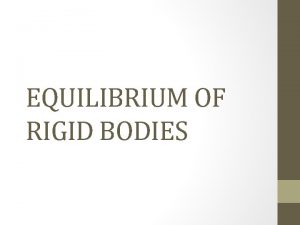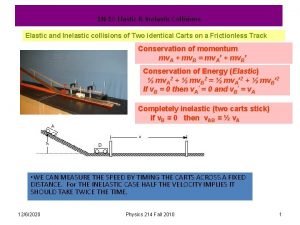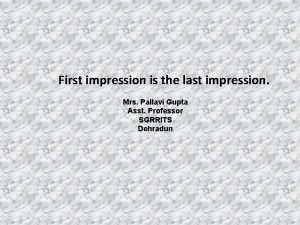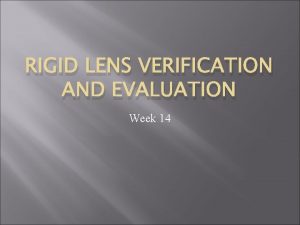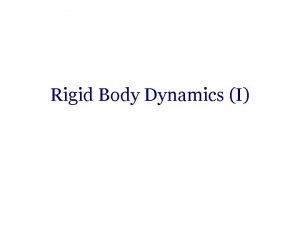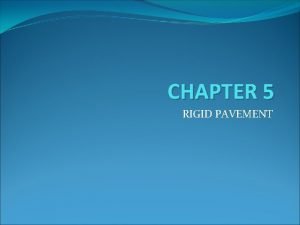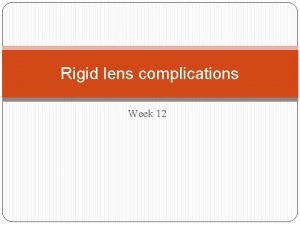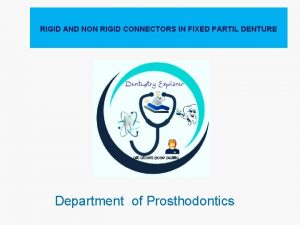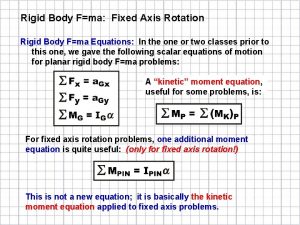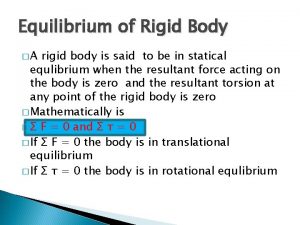Rigid Impression Materials Index Introduction Types of inelastic

















































- Slides: 49

Rigid Impression Materials

Index § § § § § Introduction Types of inelastic impression materials Uses Impression compound Impression plaster Impression waxes Zinc oxide eugenol Conclusion References

Introduction § Inelastic impression materials represents a group of materials that exhibit an insignificant amount of elastic deformation when subjected to bending or tensile stresses. In addition, they tend to fracture without exhibiting any plastic deformation if the applied pressure exceeds their tensile, shear, or compressive strength.

Because of their inability to sustain a substantial amount of elastic deformation without fracture, their use in dental impression making is limited. However, they have also been used in other relevant dental applications.

Ideal Requirements § Easy to manipulate , require less armamentarium § Adequate flow § Adequate strength to resist tear forces § Adequate elastic properties § Dimensionally stable 5

§ Pleasant taste, odor and esthetic color § Non toxic or irritating § Compatible with the die and cast materials § Able to be disinfected § Adequate shelf life § Economical 6

Classification Agar hydrocolloid Impression Materials Reversible Impression compound Alginate hydrocolloid Impression plaster Irreversible Zinc oxide eugenol Polysulfide Condensation Silicones Polyether Addition 7

Agar hydrocolloid Impression Materials Thermal Impression compound Alginate hydrocolloid Impression plaster Chemical Zinc oxide eugenol Polysulfide Condensation Silicones Polyether Addition 8

Plaster Non-elastic Compound Rigid Waxes Impression Materials Zn. O - Eugenol Aqueous Hydrocolloids Elastic Non Rigid Agar Alginate Polysulfide Non-aqueous Elastomers Condensation Silicones Polyether Addition 9

Types There are four types of inelastic or rigid impression materials; 1) Impression Plaster 2) Impression compound 3) Impression waxes 4) Zinc oxide eugenol

Uses § Inelastic impressions are widely used to make impressions of edentulous arches. § Impression compound is used for making primary impression of the edentulous patient. § Impression compound can serve as a tray to carry other materials such as Zn. OE. § Can be used to make impression of single tooth preparation that do not have significant undercut areas.

§ Zinc oxide eugenol impression material is used for making impression of edentulous arches as well as single tooth preparations. § Bite registration paste is used for occlusal relationship. § Zn. OE can also be used as a surgical paste. § Impression plaster is used to construct models and dies.

Impression Plaster § § § A. D. A specification no. 25 Type-1 gypsum product. Impression plaster differs from model plaster in the way that, the other organic salts have been added to the calcium sulfate hemihydrate to shorten the setting time to 3 to 5 minutes and the dimensional changes on setting reduces to 0. 06%.

Composition § β-calcium sulfate hemi hydrate § § § Water Potassium Sulfate – Borax -Alzarin red -Starch Anti-expansion agent Retarded Pigment Water/powder ratio used is higher than is normally used for modelling plaster.

Technique § The higher water content makes it more fluid in the mouth and extend the setting time but results in a weaker set plaster. § The mix is loaded onto the tray and inserted in the mouth. After it sets in the mouth it is scored with a knife or bur, fractured along the score lines and removed. § The pieces are re-assembled in the lab. with a glue or sticky wax coated with a separating medium( to prevent stone to adhere with plaster) and then poured.

§ Because of the complexity of its technique, impression plaster is rarely used today and has been replaced by elastic materials. § The other technique is by using it as a wash material inside a custom tray made by first adapting softened tray compound and then a thin mix of plaster to it. § This technique is relatively easy to handle and the shelf life can be extended to approximately to 2 years when stored air tight.

Impression compound § A. D. A specification no. 3 § Impression compound is a rigid thermoplastic material. § Types: i) Type-1 ( lower fusing) Impression compound ii) Type- 2 ( higher fusing) Tray compound

§ Flow Type- 1 Type- 2 At 37°c 6% or less 2% or less At 45°c 85% or more B/w 70 to 85%

Mode of supply: Impression compound is supplied in two forms 1) Sheet or cake. 2) Sticks. § Sheets are used to make preliminary impression for complete denture. § Sticks are often used to mould the peripheral borders of the custom tray and for palatal seal.

Composition § Copal resin - 40% -- Make compound thermoplastic § Carnauba wax - 7% -- Plasticizer § Chalk or talc - 43% -- Gives stability and body § Stearic Acid - 3% § Pigments - 7% -- Provide color -- lubricant and plasticizer

Ø ADVANTAGES 1. Non irritant and non toxic 2. Reusable (but with re-use the constituents are leached out) 3. Can be reheated and readapted 4. Can support other materials for wash impressions. 5. Mucocompressive. Ø DISADVANTAGES 1. Poor dimensional stability 2. Poor surface detail 3. Expansion coefficient 4. Will distort if removed from undercuts. 5. Cannot be autoclaved

Technique and Handling of Impression compound § Compound is very hard and brittle at room temperature; therefore, it must be softened and made to flow to be useful as an impression material. This can be done by heating the compound to a temperature only 8°c to 10°c above the oral temperature. The compound will flow best at higher temperature, where it becomes more fluid.

Temperature above 45°c to 50°c, however cause burn & damage oral tissues. Therefore, it is important to minimize the heating of the compound. The goal is to produce flow properties adequate to make an accurate replica of the important tissues. In addition, the material must be rigid when cooled down to mouth temperature; otherwise it would distort on removal.

§ Tray compound is softened in a hot water bath. This can also be done by softening the compound directly over the flame. Both the temperature and the time of conditioning in the water bath should be monitored. It should not be so long that the important constituent, such as stearic acid can leached out nor it should be so short that the material is not thoroughly softened.

§ After it is softened, the compound should be kneaded properly to escape any air entrapment. It is then placed into the stock metal tray and applied to the tissues. It is allowed to cool and harden, thus forming the custom tray directly in the mouth.

Copper Ring Technique This technique involves the recording of single crown preparation in stick compound employing a hollow, open-ended copper tube as a type of ‘tray’ Impression compound Copper band Crown preparation Crown shoulder

§ The surface of the compound is copper plated in an electroplating bath and an epoxy resin/metal die made. A separate locating impression is also recorded of the prepared tooth. The die is inserted into the impression and then a stone working model is made by pouring stone into the impression. This technique has largely been superseded by the use of silicon rubber for crown and bridge work. However, it can be of value, particularly in areas where moisture control is the problem

Impression Waxes § A. D. A specification no. 4 § Impression waxes are rarely used now a days to record complete impression but are normally used to correct small imperfection in other impression, particularly those of the zinc oxide eugenol type. § They are thermoplastic materials which flow readily at mouth temperature. § This group of waxes include Registration wax or corrective wax. Bite

§ Waxes can also be used to produce a mucocompressive impression of the edentulous saddle for a lower, free-end saddle partial denture - the so called Applegate technique or Fluid wax technique. § These waxes consist typically of low melting Paraffin wax and Bees wax in a ratio of 3: 1.

Applegate technique or Fluid wax functional technique § Fluid wax is painted evenly over impression base. § Denture framework is placed in mouth and held in position with three fingers, one on each principal occlusal rest and a third in between, holding framework in its terminal position with any indirect retainer fully seated. § Cheeks are pulled vertically against border of the impression. This limits the buccal

§ § § extension to extreme position of limiting structures. Patient is asked to place tongue forcibly into the cheek. This records extreme movement of sublingual tissue on opposite side. Patient is asked to press tongue forward, this limits distolingual extension of impression on both side. Patient is asked to open the mouth wide to make pterygomandibular raphe taut, to limit distal portion of impression.

§ Impression is removed and examined for the glossy surface, which is evidence of tissue contact. § Hard wax is applied with hot spatula to reinforce impression wax at border. More fluid wax is brushed on, just inside border, to provide excess that will then turned at border by repetition of previous movements.

Zinc Oxide Eugenol Impression Paste § A. D. A specification no. 16 § Under the proper condition, the reaction between zinc oxide and the eugenol yields a relatively hard mass that possesses certain medicinal advantages as well as mechanical benefits in certain dental operations. § This type of material has been applied to a wide range of applications in dentistry, including its use as an impression material for edentulous arches, a surgical dressing,

a bite registration paste, a temporary filling material, a root canal filling, a cementing medium and a temporary relining material for denture. Chemistry: Setting mechanism for Zn. OE material consist of zinc oxide hydrolysis and a subsequent reaction between zinc hydroxide and a eugenol to form a chelate.

Zn. O + H 2 O Zn (OH) + 2 HE (Base) (Acid) Zn (OH)2 Zn. E + 2 H 2 O (Eugenolate) Water is needed to initiate the reaction and it is also a by-product of the reaction. The type of reaction is called Autocatalytic reaction. This is the reason why reaction proceed more rapidly in humid environment.

Ø ADVANTAGES 1. Dimensional stability 2. Good surface detail 3. Mucostatic Ø DISADVANTAGES 1. Cannot be used in very deep undercuts 2. Only sets quickly in thin section 3. Eugenol allergy in some patients

Composition § Dispensed in two paste system and Pasteliquid formulation. § One tube contain a base paste and the other one with accelerator paste.

Ø Tube-1 (Base): Ø Tube-2 (Accelerator): § Zinc oxide 87% § Fixed vegetable or mineral oil 13% § Oil of clove 12% § Gum or polymerized rosin 50% § Silica ( Filler) 20% § Lanolin 3% § Resinous Balsam - 10% § Accelerator solution (Ca. Cl 2) 5%

Ø Types : Zinc oxide eugenol impression paste is of two types: Type-1 (Hard) Type-2 (Soft)

Manipulation § Mixing of the two pastes is accomplished on an oil-impervious paper, although a glass mixing slab can be used as well. § Proper proportion of the two pastes is generally obtained by squeezing two strips of the same length, one from each tube. § Two pastes are combined with the first sweep of the stainless steel spatula and mixing is continued for approximately 1 minute until a uniform color is observed.

§ The impression paste can be spread evenly over the preliminary impression or a secondary resin tray fabricated to fit the gypsum cast of the edentulous ridge. § The mixture is carried into the mouth in the usual manner, thus constituting the second or final wash impression.

Setting Time § Initial setting time: 3 to 5 min § Final setting time: 10 min for type-1 15 min for type-2

Control of setting time 1. Adding a small amount of accelerator such as zinc acetate or a drop of water before two pastes can shorten the setting time. 2. Cooling of spatula and mixing slab may help in increase the setting time. 3. Adding certain inert oil & waxes during mixing, such as olive oil or petrolatum prolongs setting time. 4. Altering the ratio of two paste can result in retardation of setting time.

5. Extended mixing time shortens the setting time

Non Eugenol Paste § One of the chief disadvantage of Zn. OE paste is possible stinging and/or burning sensation caused by eugenol when it contact soft tissues. Some patient find the taste of eugenol extremely disagreeable & in patient who wear a surgical pack for several weeks, a chronic gastric disturbance may result. § A material similar to ZOE reaction product can be formed by saponification reaction to produce an insoluble soap if the zinc oxide is reacted with carboxylic acid.

Zn. O + 2 RCOOH (RCOOH)2 Zn + H 2 O § Orthoethoxybenzoic acid is usually used. § Bactericides and other medicament can be incorporated without interfering with the reaction.

Bite Registration Paste § Zinc oxide eugenol paste are often used as recording materials in the construction of complete denture and fixed or removable partial denture. § Plasticizer such as petrolatum are often added to reduce the tendency of the paste to adhere to oral tissues. § In contrast to the waxes, the ZOE impression paste offers almost no resistance to closing of the mandible, thus allowing a more accurate inter occlusal relationship record to be formed.

Conclusion: § In many dental offices impressions are taken daily, and the various impression materials especially rigid impression materials must be understood by the clinician in order to correctly select manipulate and disinfect the materials and to pour casts. So it is important for a dental surgeon to have an understanding of clinical applications, handling characteristics, physical properties, and limitations of these materials.

REFERENCES § Anusavice 11 th edition: Phillips’ Science of dental material, , 2006 § John F Mc. Cabe: Applied dental materials, , Edition 8 th, 1998 § Jack L Ferracane: Materials in Dentistry, , Edition 1 st , 1995 § Mc. Cracken’s Removable partial Prosthodontics; Edition 8 th; 1989; Mosby publishers § Robert G. Craig, John M. Powers: Dental Materials properties and manipulation, , 8 th edition, 2004 § William J. O’Brien: Dental materials and their selection, Edition 3 rd, 2002
 Elastic vs inelastic vs perfectly inelastic
Elastic vs inelastic vs perfectly inelastic What makes some collisions elastic and others inelastic
What makes some collisions elastic and others inelastic 10-5 area and nonrigid transformations
10-5 area and nonrigid transformations Non overflow dam
Non overflow dam Rigid transformation
Rigid transformation Negative reproduction dental
Negative reproduction dental Lily biary
Lily biary What are the three curing stages of impression materials?
What are the three curing stages of impression materials? Mucostatic impression material
Mucostatic impression material Disadvantages of addition silicone
Disadvantages of addition silicone Impression materials in dentistry ppt
Impression materials in dentistry ppt Introduction to rigid transformations
Introduction to rigid transformations Introduction rigid motion or isometry
Introduction rigid motion or isometry Inelastic collision
Inelastic collision Does an elastic collision conserve momentum
Does an elastic collision conserve momentum Inelastic collision examples
Inelastic collision examples Energy lost in inelastic collision
Energy lost in inelastic collision Perfect inelastic
Perfect inelastic Point elasticity of demand
Point elasticity of demand Cross elasticity of demand
Cross elasticity of demand A perfectly inelastic demand schedule
A perfectly inelastic demand schedule Producer surplus
Producer surplus Energy lost in inelastic collision
Energy lost in inelastic collision Momentum between two objects
Momentum between two objects Glancing collision
Glancing collision Consumer surplus inelastic demand
Consumer surplus inelastic demand Inelastic collision examples
Inelastic collision examples Inelastic collision examples
Inelastic collision examples Types of collisions worksheet
Types of collisions worksheet Perfectly inelastic collision definition
Perfectly inelastic collision definition Types of collisions
Types of collisions Elastic scattering vs inelastic
Elastic scattering vs inelastic Interior cervix
Interior cervix What is inelastic collision
What is inelastic collision Types of rigid pavement
Types of rigid pavement Marks that are made when surfaces slide across one another.
Marks that are made when surfaces slide across one another. Types of impression evidence
Types of impression evidence Example of impression evidence
Example of impression evidence Diff between step index and graded index fiber
Diff between step index and graded index fiber Dense index vs sparse index
Dense index vs sparse index Bacteriological index formula
Bacteriological index formula Pqli advantages and disadvantages
Pqli advantages and disadvantages Mode theory of circular waveguide
Mode theory of circular waveguide Simpson's diversity index
Simpson's diversity index Consistency index formula
Consistency index formula Clustered index và non clustered index
Clustered index và non clustered index Go noodle cant stop the feeling
Go noodle cant stop the feeling Examples of household materials useful and harmful
Examples of household materials useful and harmful Man made map
Man made map Adopting and adapting teaching materials
Adopting and adapting teaching materials
